In the final summer league game, Yang Hansen will not play! I have also written an early summary of his summer league performance!
The Trail Blazers have one last summer league game left against the Suns.
I initially thought it would be interesting to see the matchup between Yang Hansen and South Sudanese player Maruach.
After all, besides being represented by the same agency, the latter is known in the basketball community as the strongest center of the 2025 draft class (he indeed has the highest draft position among centers).
However, according to team reporter Danny Marang,Yang Hansen will not participate in the final game. The Trail Blazers believe they have already seen what they wanted from the first four summer league games.
Given this, there is no need for him to play for the sake of player protection. After all, Yang is an officially contracted player. For example, the Mavericks ended their rookie, Flagg, after just two games.
So, we can also write an early summary of Yang Hansen's summer league performance.
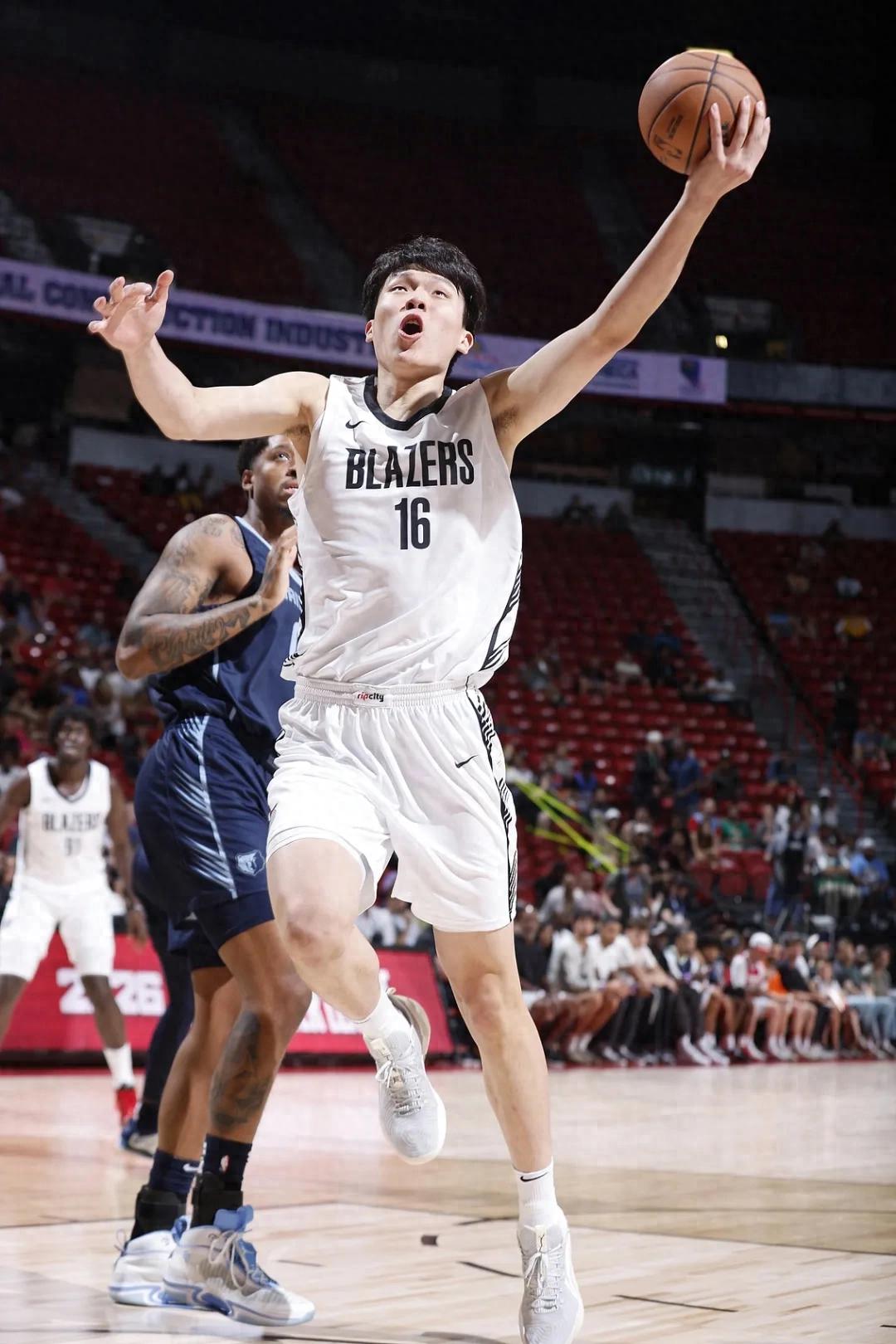
Yang Hansen's statistics in the first four summer league games with the Trail Blazers:
Against the Warriors: 10 points, 4 rebounds, 5 assists, 1 steal, 3 blocks; against the Grizzlies: 10 points, 5 rebounds, 3 assists, 1 block.
Against the Pelicans: 15 points, 4 rebounds, 2 assists, 1 steal, 2 blocks; against the Rockets: 8 points, 8 rebounds, 5 assists, 3 blocks.
He averaged 10.8 points, 5.3 rebounds, 3.8 assists, and 2.3 blocks per game.
If 100 points is the maximum score, I would give him 80 points, which is quite beyond my personal expectations. Overall, he has lived up to the Trail Blazers' decision to select him at the 16th pick, proving that this big guy from China has developmental potential.
I believe fans watching on screen would be quite excited to see Yang like this.
After all, it has been a while since someone from our village went to a prestigious university.
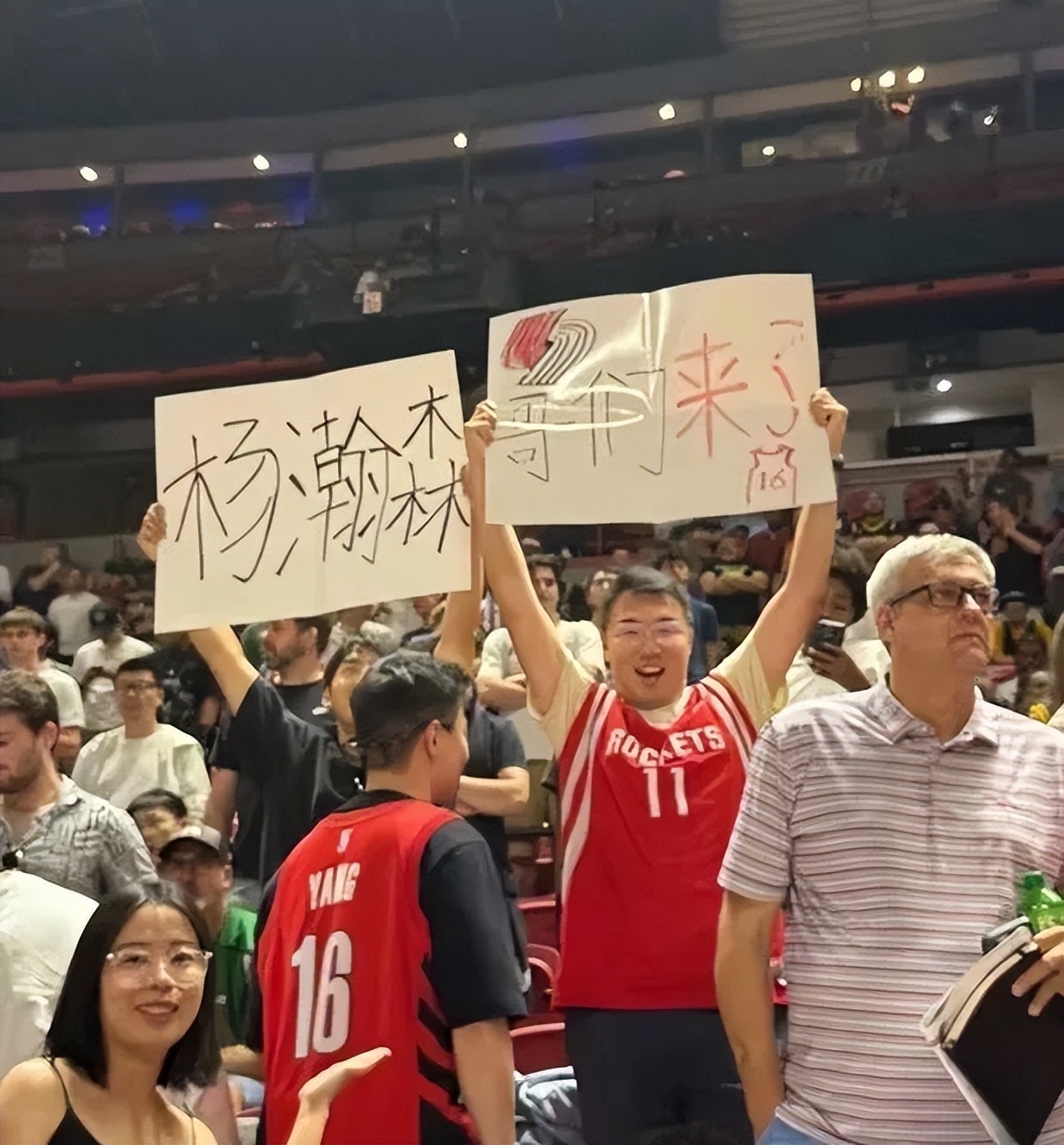
After four games, we can clearly see his strengths and weaknesses, and we will discuss them as simply and objectively as possible.
Strengths:
1. Exceptional playmaking ability, averaging 3.8 assists per game, ranking first among centers in the summer league.
Behind this is the athlete's high basketball IQ, which is a valuable asset.
A big man with playmaking skills is highly valued in today’s NBA, as this is something that cannot be developed through practice.
When Yang Hansen is on the court, the Trail Blazers' offense presents a completely different look. With him, they can execute plays and distribute the ball; when he rests, the team essentially watches the summer league's top scorers play recklessly.
As the 16th pick who is being groomed for development, the Trail Blazers' coaches have given Yang Hansen plenty of offensive opportunities, such as handling the ball from the high post.
2. Strong defensive presence, averaging 2.3 blocks per game.
On the summer league stage, it is not easy to score against Yang Hansen in the paint.
After all, he is tall.
Moreover, when he is in good shape, his running speed is quite decent.
3. Showcased shooting ability.
In the third game, he hit three three-pointers, which I don't recall him doing while playing in the CBA.
For a Chinese big man to establish himself in the NBA, having shooting ability is almost essential.
After all, you can't compete physically or athletically with the more athletic players.
4. Strong learning ability.
You will notice that Yang Hansen often starts slowly in games and may struggle at certain points, committing many turnovers and jumping unnecessarily.
However, he has a quick adjustment ability, allowing him to adapt his strategy during games.
5. Willingness to communicate.
Although his English is not great, he is willing to communicate with his teammates on the court. This is a crucial aspect for Chinese players to establish themselves in the NBA.
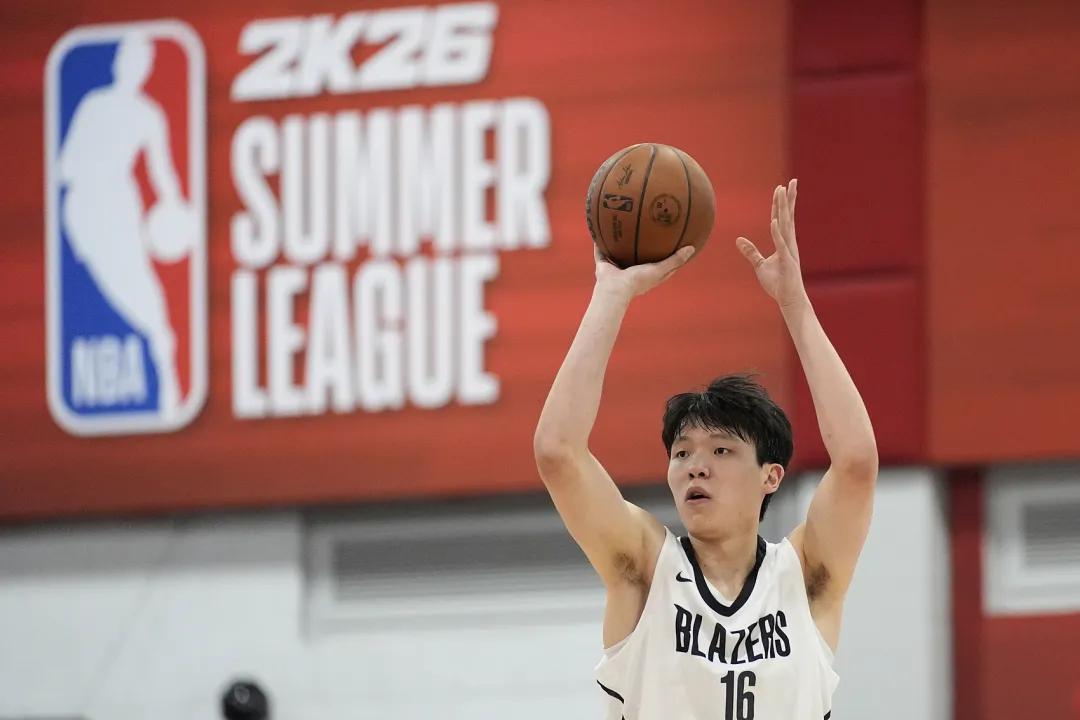
Weaknesses:
1. Significant physical conditioning issues.
When he is in good shape, his mobility at his height is not slow, and he can easily perform actions, including one-on-one plays.
However, once his stamina drops, his speed and quickness noticeably decline.
2. Insufficient physical strength.
Where does this show? In rebounding.
Although he has good positioning awareness and prefers to box out, allowing his teammates to grab rebounds, overall, his rebounding is quite poor.
Because his strength is not up to par, sometimes he struggles to hold his ground against opponents.
On the offensive end, it is even harder; overpowering opponents in the low post is difficult, and he is more likely to be pushed away from the basket due to his high center of gravity.
3. Defensive habits.
Sometimes, he is too easily faked out.
With an average of 4.3 fouls per game, he has suffered from a lack of experience.
4. High turnover rate.
Having many opportunities to handle the ball and pass means there is a risk of turnovers. Sometimes, the mistakes cannot be solely blamed on Yang Hansen, as teammates may not understand the plays.
We all understand this, but averaging 3.8 turnovers is still too much.
When the regular season starts, if he has two turnovers, Coach Billups might just have him sit on the bench to drink water.
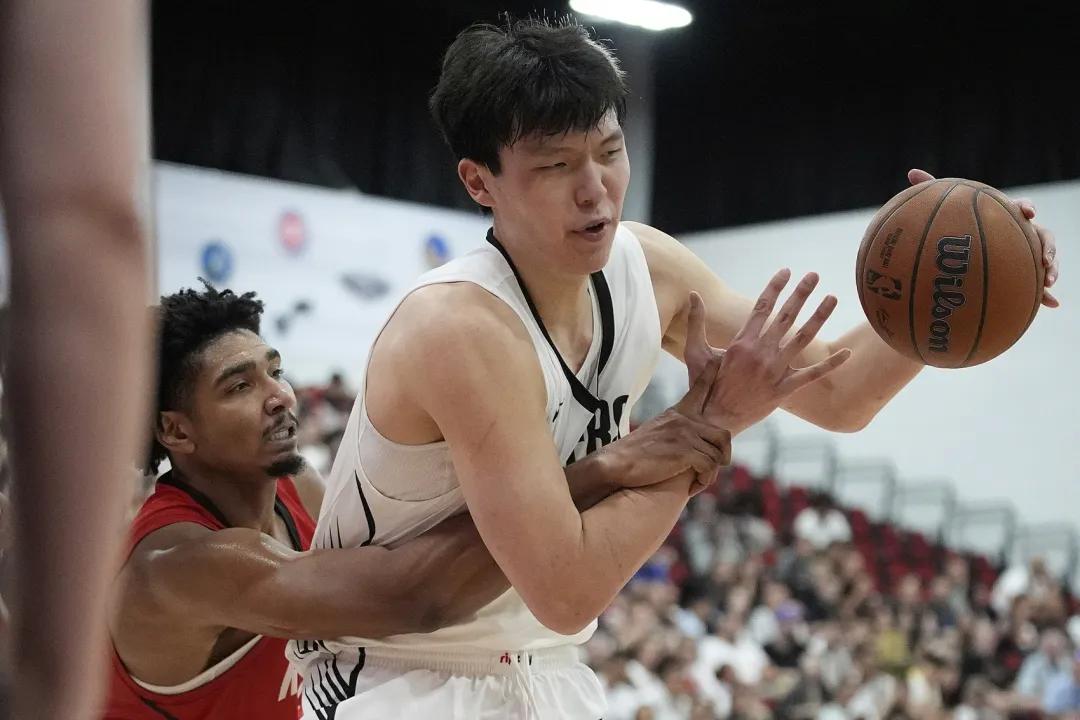
For an athlete who previously had no background in American basketball, coming across the ocean to play in the NBA is already a challenge.
The difficulties he needs to overcome are numerous.
Often, they are not even related to basketball.
Culture, language, environment, food, and even discrimination against Asian athletes are all challenges and new topics that Yang Hansen must face.
So far, he has been doing quite well.
I understand the emotional bias of Chinese fans, but I still hope everyone can view Yang Hansen more objectively and fairly.
In summary, let’s look forward to the start of the new season!
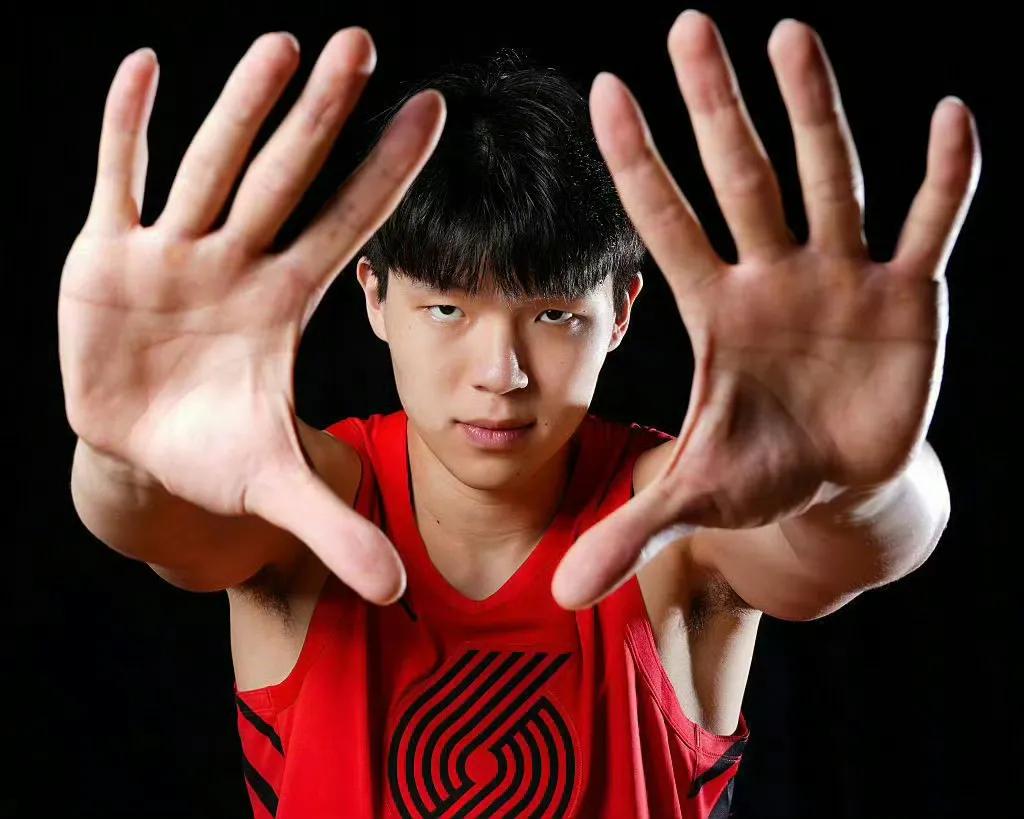


Wonderfulshortvideo
When Rajon Rando called game against BOS in 2019 🤯


Replying to @NBA Top plays 60-51 just dropped 🔥


Neemias Queta is the first player to tally 20 PTS and 15 REB in their


Lauri Markkanen off to a STRONG @FIBA EuroBasket start 💪


Will Barton in his bag 💼


Who watched this live? 📺


Giannis, a wolf in sheep’s clothing 🥵








 Links
Links
 Contact
Contact
 App
App


